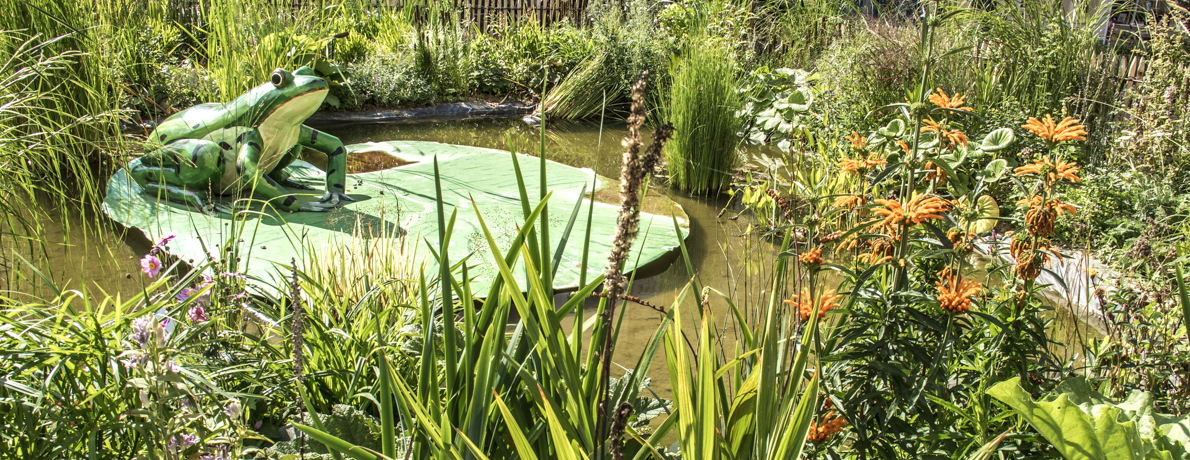
Boulogne sur Mer, known as the capital of the Opal Coast, is an extraordinary French town in the department of Pas de Calais. It is unusual because the clear divide between its fishing port, the most important in France, and its historic old town offers the visitor two completely different experiences in the same day. Then there is a third aspect, the huge National Sea Centre named Nausicaà, after a heroine in the Odyssey by the Greek poet, Homer. I began my day with a visit to Nausicaà that occupies a commanding positon of the sea front of the town.
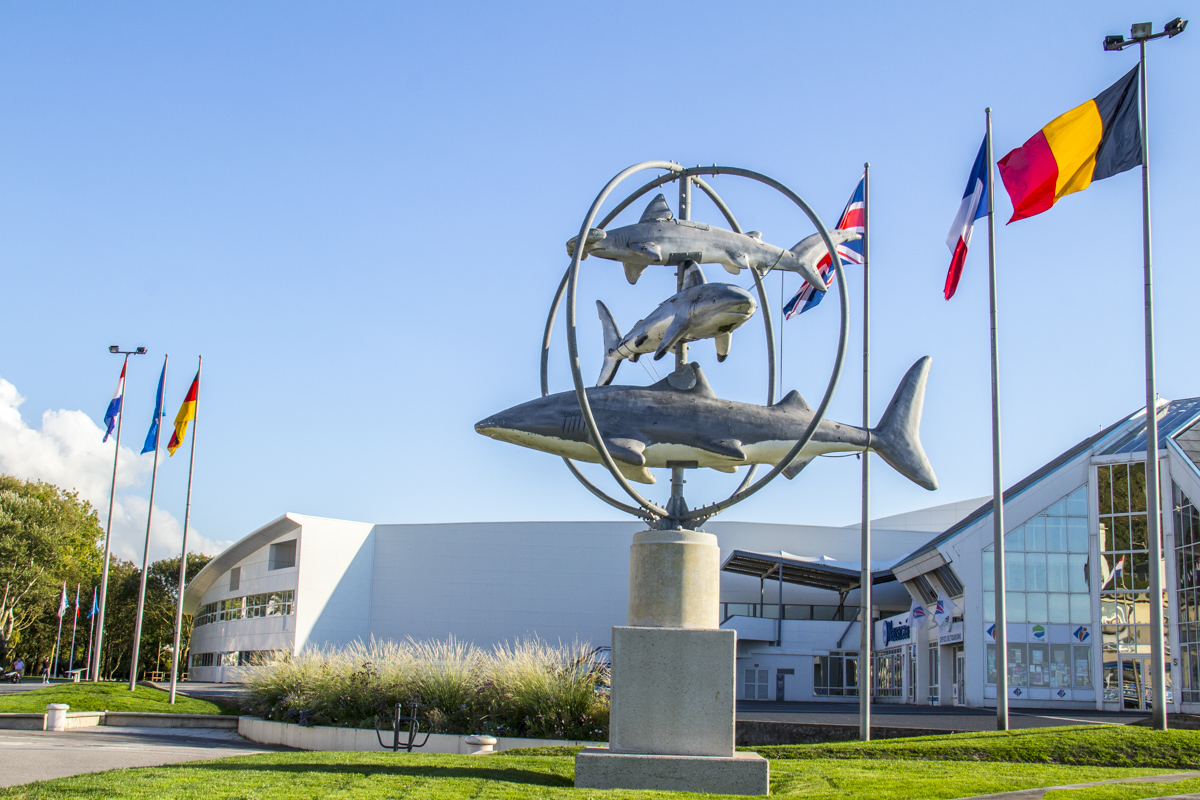
A Morning Visit to Nausicaa in Boulogne sur Mer
Nausicaà has been created from an original concept developed in 1977 by Guy Lengagne, then mayor of Boulogne and later, president of Nausicaà. He wanted to build a large aquarium by the sea to celebrate the importance of the sea to his town. The large cellars of the town’s old Casino were ideal for this purpose and by 1991 the aquarium was ready to open its doors to the public. There have been many additions to Nausicaà since it opened but 2018 saw the addition of a new tank, the largest in Europe and the creation of a massive viewing panel where visitors can view the creatures swimming around in this tank and watch them being fed on television screens on the walls by this panel.
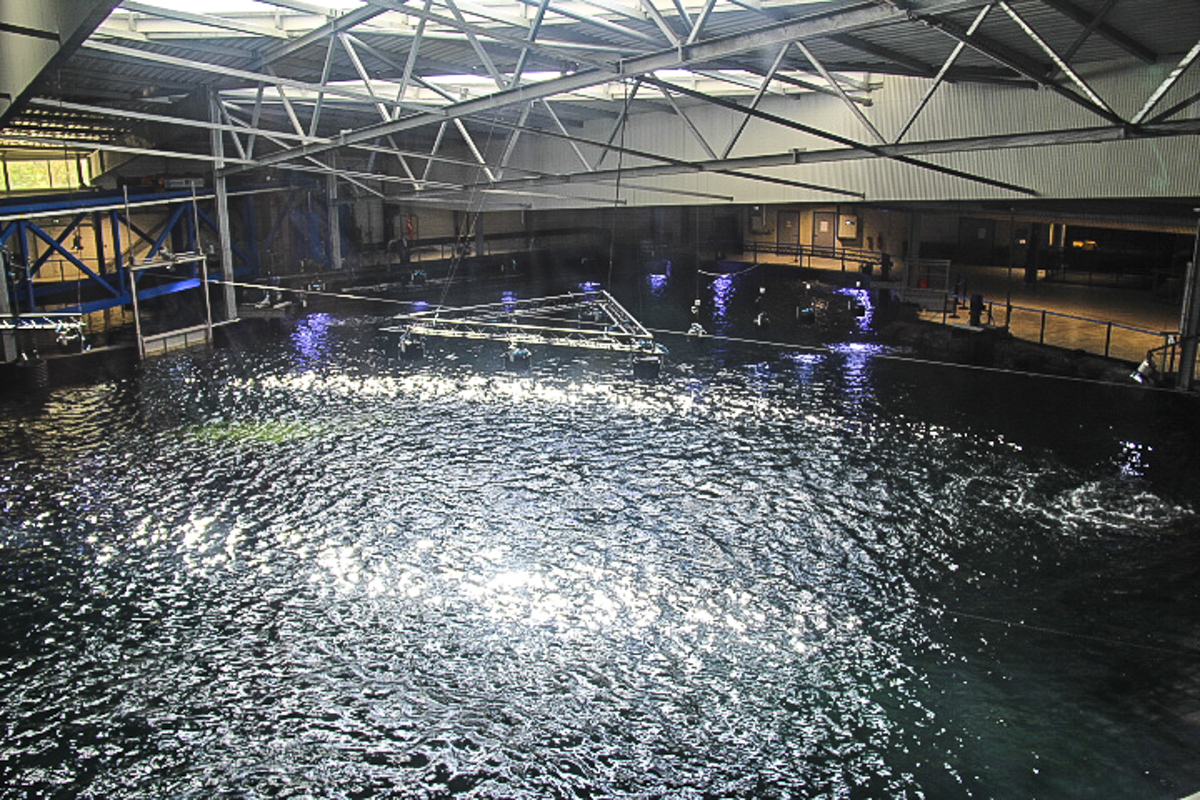
Visitors to Nausicaà are invited to take a voyage to Planet Sea exploring the two separate sections created to explore different aspects of our oceans – Mankind and Shores and a Journey on the High Seas. The High Seas do not belong to anyone and very little is known about them but they could become an important resource in the future and this is one of the aspects that is explored here. Each of the inter-linking sections is well laid out with information boards, videos and tanks. My favourite area was the tropical lagoon where the fish, including two zebra sharks, swim lazily around above a carpet of fabulous coral. Most impressive was the tunnel through the tank where I spent a long time watch the Giant Manta Ray appearing out of the depths and then gliding majestically over Blackchin Guitarfish. I could have easily stayed there all day.
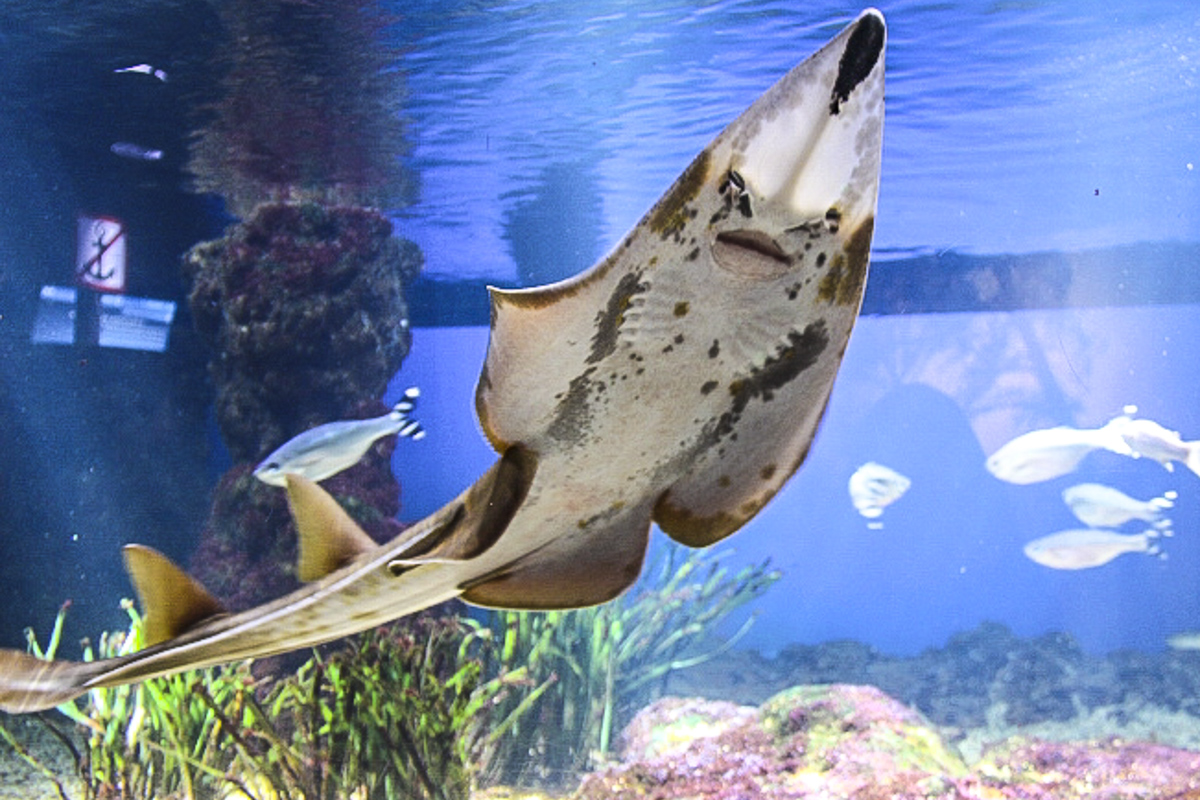
An Afternoon Exploring the Old Town of Boulogne sur Mer
After an excellent lunch at L’Ilôt Vert within the walls of the old town of Boulogne I made my way along the narrow cobbled streets to the main square, Place Godefroy de Bouillon. That day le Jardin Éphémèret, the garden in the centre of this square was brilliant with the colours of small, themed gardens that had been created to celebrate the annual Garden Event. Overlooking this garden is the impressive, eighteenth century Town Hall which is open to the public. Connected to the Town Hall is the beffroi or belfry. This square, Romanesque tower is the oldest monument in the old town – its construction started during the twelfth century and it was finally completed during the eighteenth century. It is a UNESCO World Heritage site. Originally built as part of the town’s first castle it was given to the burghers of the town when a second castle was built during the thirteenth century.
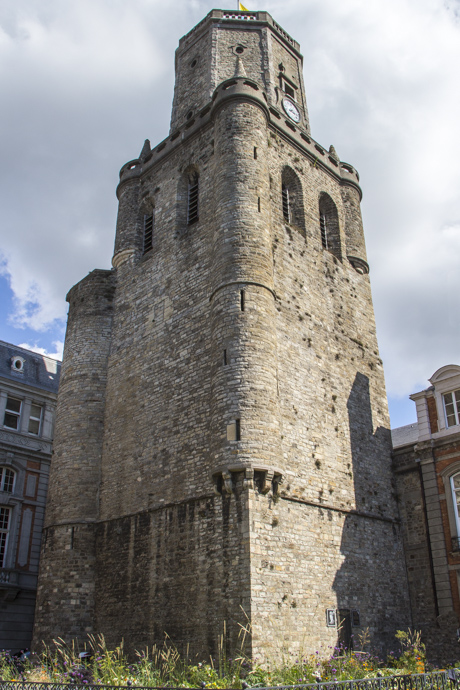
After visiting the belfry I moved on to the next square where I found the town’s library which occupies the former Convent of the Annonciades and a Neoclassical building that houses the Courts of Justice. Beyond this square is the Porte des Dunes where I climbed some steps onto the city walls.
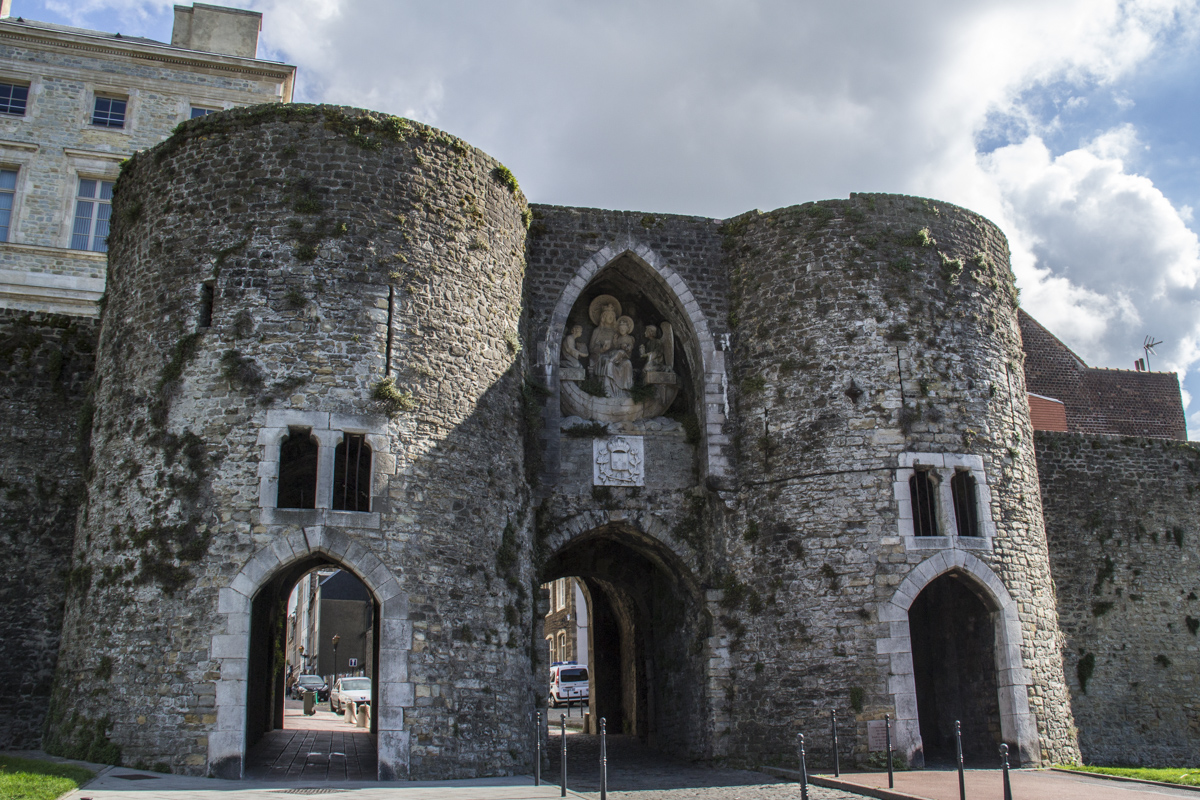
The city walls were built during the thirteenth century and a second rampart was added during the sixteenth century. This created a wide walkway that encircles the old town incorporation four gates and seventeen towers. From the top of the walls I had a good view of the town below me and the sea beyond it. These walls were built to defend the town after Henry VIII of England captured it and were retained after Henry II of France the town back from the English five years later. I walked around the walls until I arrived at the castle, now a museum.
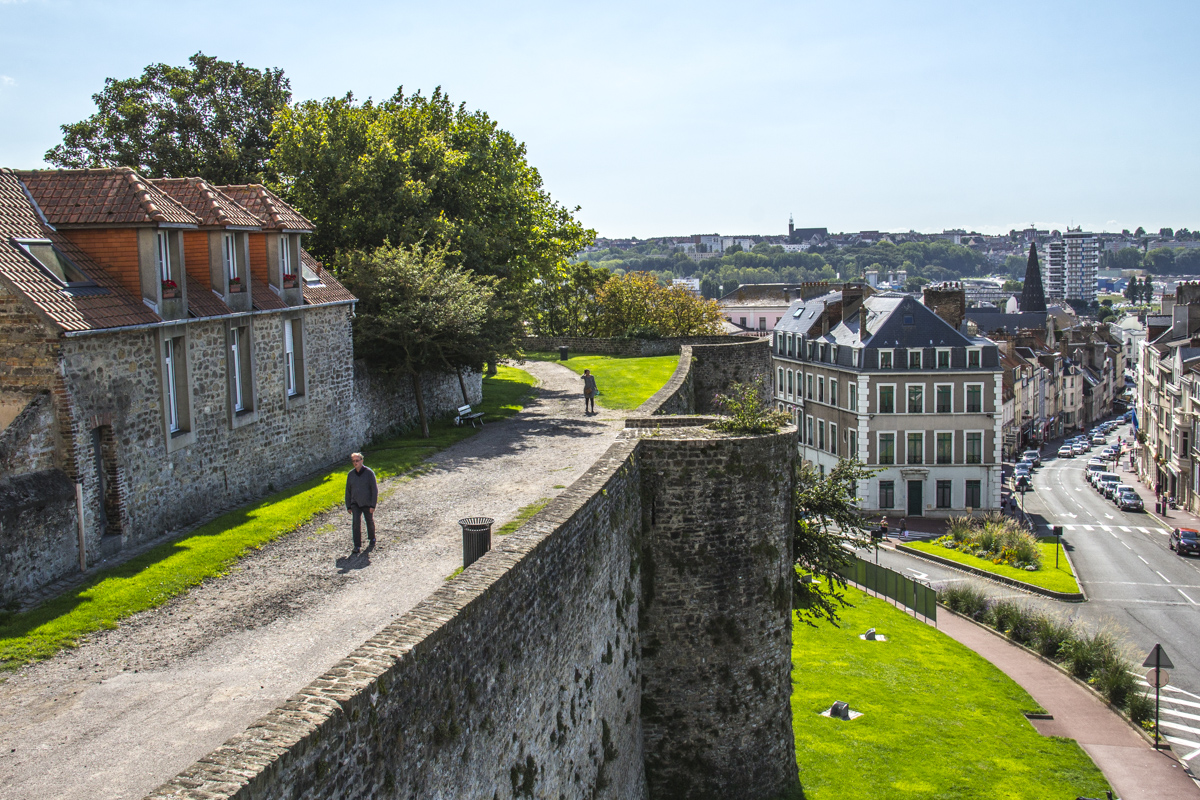
The castle, known as the Chateau de Boulogne sur Mer, was built within the walls during the thirteenth century. It was surrounded by a moat and connected to the town by a stone bridge. Unusually this castle does not have a dungeon. Constructed solely for the purpose of defence it has five different levels and nine round towers. It was remodelled as a barracks in 1767 and after the Second World War it became a prison. The town council acquired the castle in 1974 and turned it into a museum. The buildings are arranged around a large inner courtyard which today give access to several museums. These include an Egyptian section devoted to a famous local Egyptologist, Auguste Mariette. Other sections include ceramics, local archaeology and the Boulogne Art Gallery. A hat and a diamond ring that belonged to Napoleon Bonaparte who once stayed in this castle are also on display here.

After leaving the castle I walked the short distance down the hill to visit the Basilica of Notre-Dame de Boulogne, otherwise the Basilica of Our Lady of the Immaculate Conception or simply Notre Dame Cathedral. Its large dome dominates the old town and is just as impressive inside with its decorated ceiling. Built during the mid-nineteenth century this basilica replaced the old cathedral which was destroyed during the French Revolution.
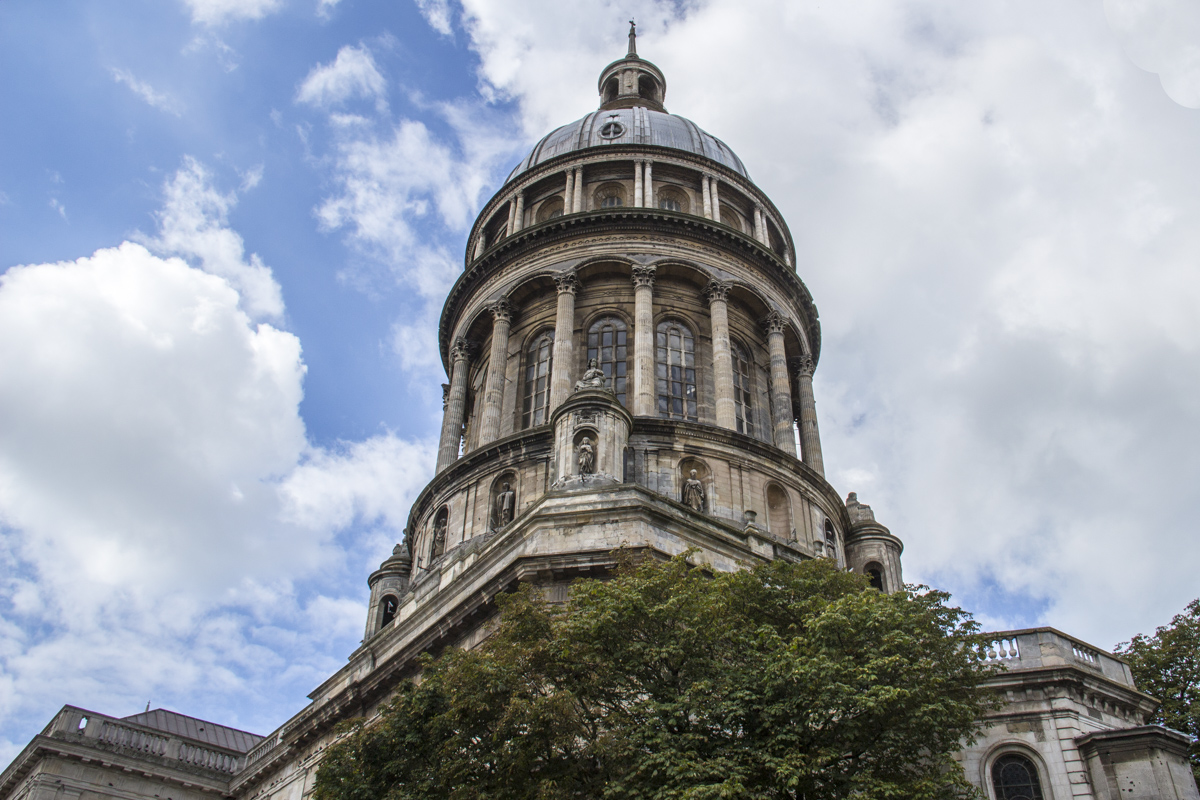
It was when the ‘new’ basilica was being built that the original crypt was discovered. This huge crypt, the longest in in France, includes the foundations of a Roman temple. The crypt has three purposes. It forms the foundations of the church above it; it displays artefacts from the original church; it tells the story of the church as an institution through the frescoes on the walls. It was fascinating wandering through the many rooms down there and I was grateful for the maps on the floor indicating the way out. I think it is the most interesting crypt I have ever visited.
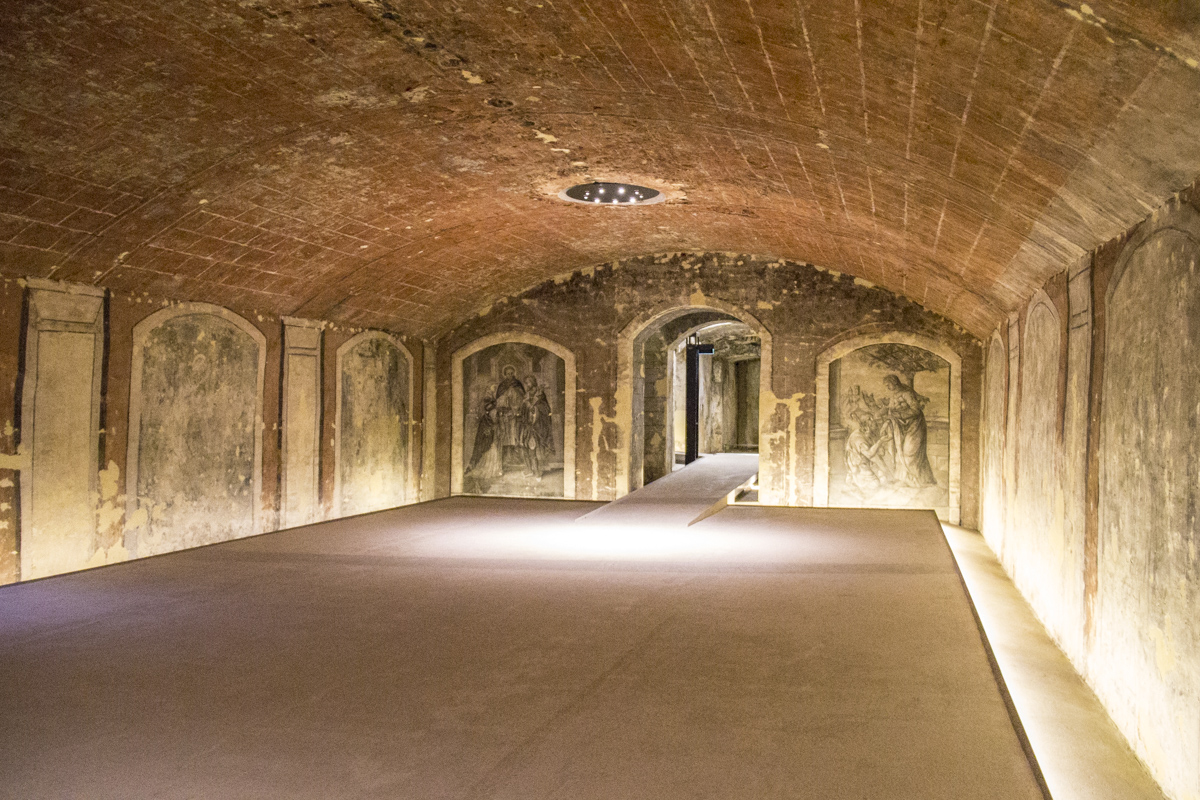
An Evening Stroll Along the Sea Front of Boulogne sur Mer
Back on the sea front I headed towards the beach along the promenade. The sea front of Boulogne sur Mer is a reflection of the development of this town as both a popular seaside resort and a major fishing port. Boulogne was attracting visitors before the French Riviera became the vogue. Its vast sandy beach dotted with cute beach huts and long promenade stretched before me. After walking a short distance, I paused to admire a magnificent statue of General José de San Martin of Argentina. Boulogne was the last home of this South American military hero who liberated not only his own country of Argentina but also Chile and Peru during the first quarter of the nineteenth century. After he died here in 1850 his body was laid in the crypt for eleven years before being repatriated to his homeland. His house, Casa San Martin is now a museum and there is a town named Boulogne sur Mer in Argentina in his honour.
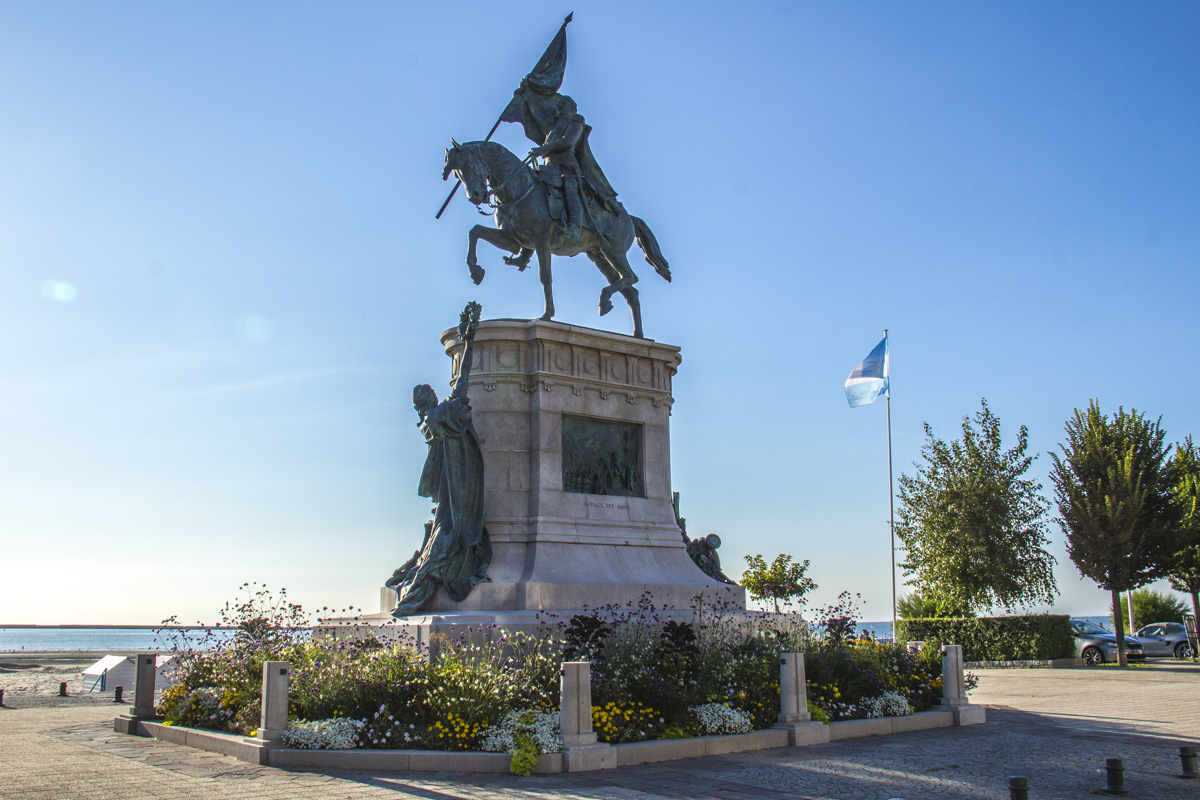
Further along the beach I discovered row upon row of sand yachts. Low tide exposes a huge area of flat, hard sand which is ideal for these small seats on wheels to hurtle across with the wind in their sail. There are different varieties of sand yachts and also a wheeled-version of sail boarding known as speed sailing. Sand yachting is a popular activity here as the conditions are ideal.

In the other direction the promenade leads to the fishing port. On my way towards this area, across the road from Nausicaà, is the fascinating Maison de La Beurière a museum recounting the life of a fisherman in days gone by. It has been established in a house where a fisherman once lived in a district that, in the past, was inhabited by fishermen. As it was too late to visit the museum I continued along the promenade past the small fish stalls where fresh fish is sold when the boats come in. Here I found the figures of the Matelot (fisherman) and the Matelote (his wife) watching over the fishing boats moored at the quay. Bathed in the golden rays of a setting sun it was a fitting finale to a memorable day.

Getting there
The only way to get to Boulogne sur Mer from the UK is via Calais and there are three ways to get to Calais, by train on Eurostar, by car through the Eurotunnel or by ferry with P&O or DFDS.
Where to stay
The delightful La Matelote Hotel is a family-run hotel and restaurant combined. It offers excellent food in its Michelin Star restaurant and a warm welcome in its cosy hotel. Situated opposite Nausicaà, close to the beach and within walking distance of the town La Matelote ideally placed for a stay in Boulogne sur Mer.
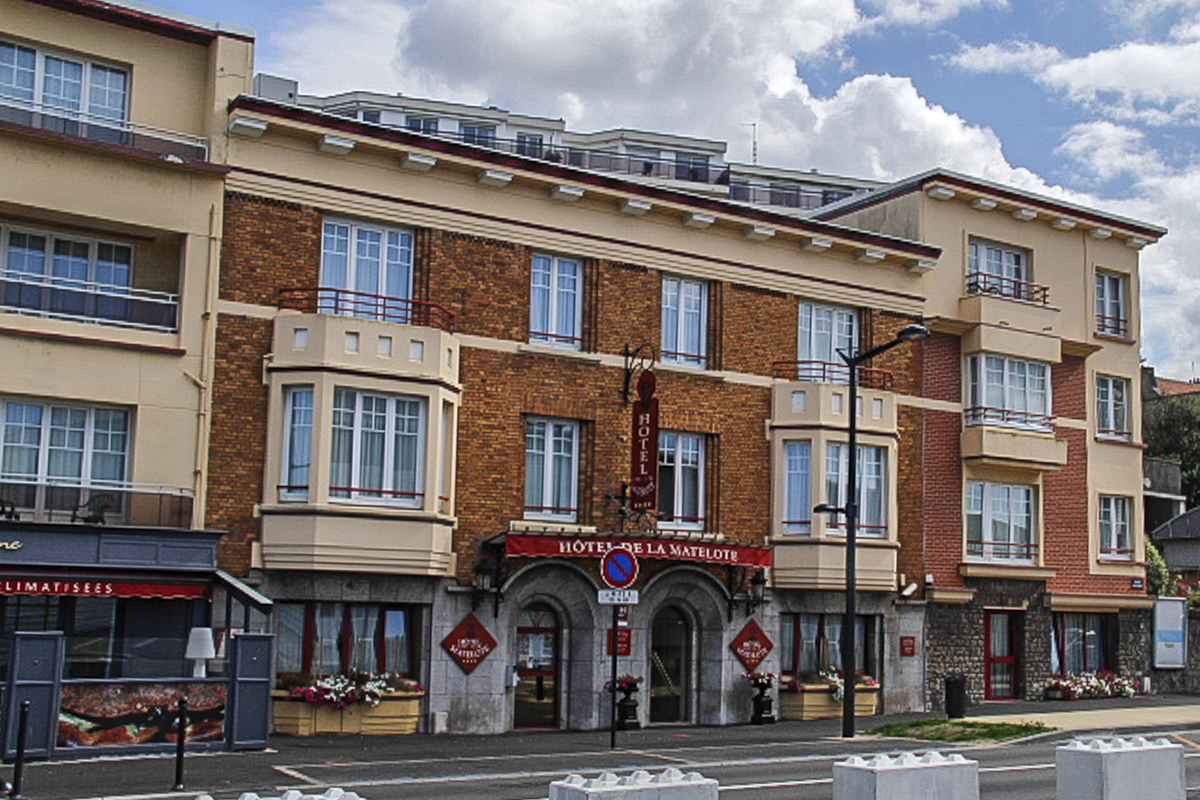
Now Available on GPSmyCity.com
This article is now featured on GPSmyCity. To download this article for offline reading or travel directions to the attractions highlighted in this article, go to Walking Tours in Boulogne sur Mer on GPSmyCity
This article was based on the personal experience of Valery, an ExperiencedTraveller.